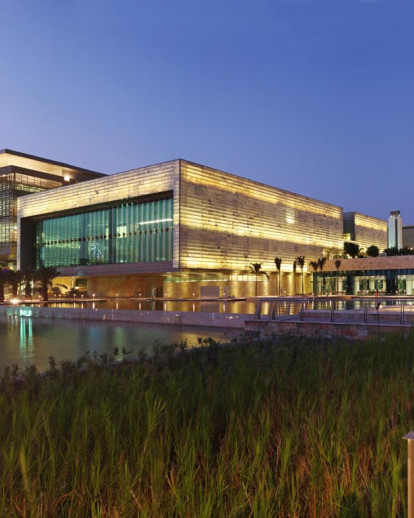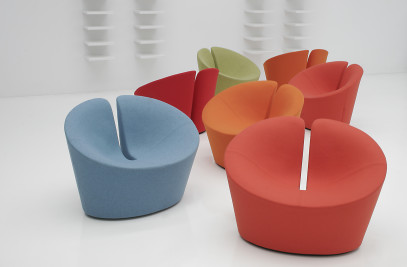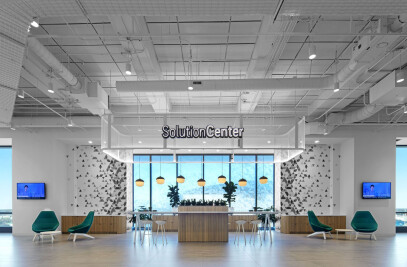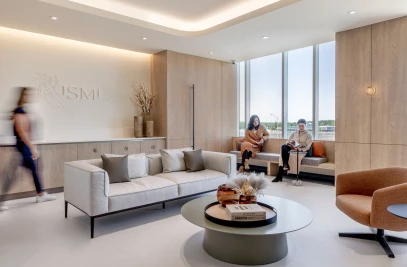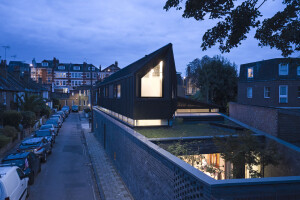King Abdullah University of Science and Technology (KAUST) is a new international, graduate-level research university established to drive innovation in science and technology and to support world-class research in areas such as energy and the environment. KAUST's new campus is the Kingdom of Saudi Arabia's first LEED certified project and the world's largest LEED Platinum project.
The design team responded to a set of extraordinary challenges. In the context of an extremely hot, humid climate, they were asked to create a low-energy, highly sustainable project. The team was challenged to create a contemporary work of architecture that would resonate with the global scientific community while being firmly rooted in local Saudi culture. Finally, they were asked to design an institution of the highest physical quality at a historically unprecedented speed – from conception to completion in just three years.
Because the research and development of renewable resources drives KAUST’s research agenda, sustainable development is integral to KAUST's overall mission. By integrating sustainable measures into the site planning, the community, the building design and the campus operations, the university is demonstrating new ways to build in the region and promoting responsible stewardship of the environment.
As multiple HOK design teams worldwide worked in tandem at a high speed, a core group developed concepts to guide their efforts and integrate sustainability. The team employed five strategies that borrow from local culture and traditions to solve environmental issues:
1. Structured like traditional Arabic cities, the campus is compressed as much as possible to minimize the amount of exterior envelope exposed to the sun and reduce outdoor walking distances.
2. As found in a traditional souk or Arabic market, shaded and passively cooled circulation thoroughfares are characterized by dramatic light and social spaces.
3. The Arabic Bedouin tent inspired designers to create a monumental roof system that spans across building masses to block sun on building facades and into the pedestrian spine, to facilitate natural ventilation and to filter light. Solar panels covering the surface capture the sun's energy.
4. Passive ventilation strategies of the traditional Arabic house influenced the design of iconic, solar-powered wind towers that harness energy from the sun and wind to passively create air flow in pedestrian walkways.
5. Similar to Arabic screening called 'mashrabiya,' the campus shades windows and skylights with an integral shading system that reduce heat loads while creating dramatic dappled light.
The pedestrian spine is an active outdoor concourse that houses conferencing, meetings, offices and retail space bisecting and interconnecting all research buildings. This link between masses reinforces the sense that KAUST is one continuous building.
Two solar towers use the energy of the sun along with prevailing Red Sea winds to create a natural ventilation effect that provides a high level of comfort throughout the year for people using the spine areas. Approximately 1 million square feet of conditioned space through the pedestrian spine was converted into a volume that is conditioned through passive means for most of the year.
Recognizing the value of water in the region, the design team implemented numerous strategies to reduce the amount of non-potable water needed to irrigate the KAUST campus.
The comprehensive irrigation plan allocates water reclamation loads from condensate, storm, gray and black water to satisfy a majority of the irrigation requirements. Base water demands and water-saving strategies reduce the demand for the campus buildings by 40%.
After employing as many passive strategies as possible to reduce loads, the design team selected the most climate appropriate and efficient MEP systems to further decrease energy demands. These include chilled beams, heat recovery wheels, displacement ventilation, smart lighting controls, variable frequency drives and low-flow duct design.
A large solar PV and solar thermal arrays on the site and campus roof surfaces provide all domestic hot water for the lab buildings.
The campus layout promotes KAUST's vision of conducting highly collaborative, interdisciplinary research, eliminating hard boundaries between labs and academic areas. Exceptionally flexible building shells and universal floor plates accommodate virtually every type of lab, while lab neighborhoods accommodate multiple disciplines.
The project was selected for the 2010 Top Ten Green Projects list by the American Institute of Architects Committee on the Environment.
